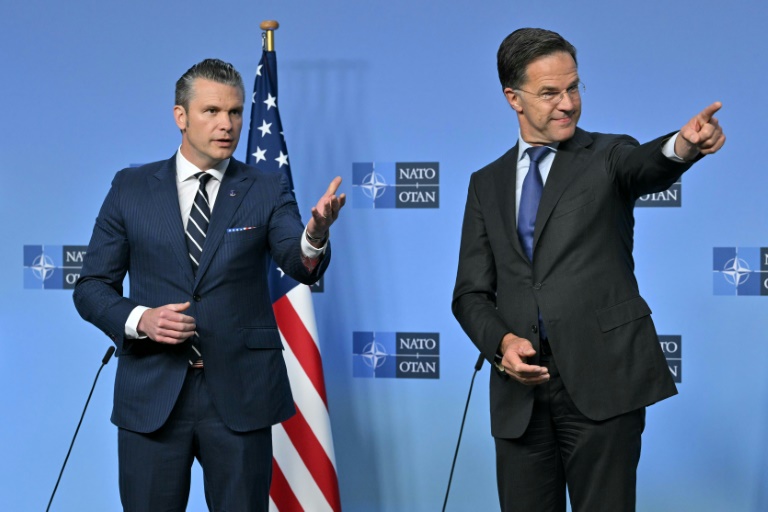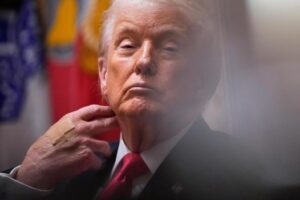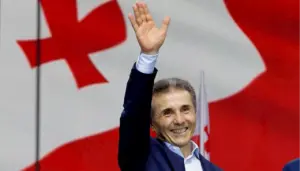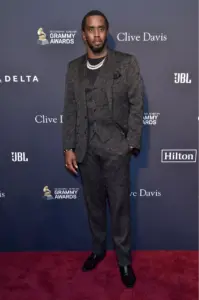
NATO defense ministers convened in Brussels on March 15, 2024, to address rising tensions with Russia and enhance the alliance’s ability to counter airspace incursions. This gathering comes amid growing concerns that Russia is testing NATO’s responses in a precarious zone between war and peace. The discussions will focus on bolstering support for Ukraine, particularly as U.S. Defense Secretary Pete Hegseth joins his 31 counterparts in deliberating the potential supply of long-range missiles to Kyiv.
The backdrop for these talks includes a series of significant airspace violations by Russia in Poland and Estonia, which have heightened fears of conflict spilling over its borders. Recently, a wave of unidentified drones disrupted airports and came alarmingly close to military installations in several countries, prompting worries that Russia is probing NATO’s reaction capabilities. A Western official remarked, “In more and more ways, we are in a long-term and intensified conflict with Russia.”
Strengthening Eastern Flank and Addressing Drone Threats
During the meeting, NATO ministers are expected to focus on plugging gaps in the alliance’s eastern flank after costly missiles were deployed to intercept Russian drones in Poland. NATO Secretary General Mark Rutte stated, “We are doing what we trained for, and it works, but we need to do more.” The alliance has initiated a new mission and increased its forces in response to these provocations. Countries bordering Russia are advocating for a more robust response, leading to discussions on refining NATO’s rules of engagement regarding Russian incursions.
In parallel, NATO is accelerating efforts to enhance anti-drone capabilities, aiming to integrate low-cost technology similar to what Ukraine has successfully employed. The European Union (EU) is also engaging in this dialogue, with plans to convene its own defense ministers later in the day. The EU has proposed establishing a “drone wall” to counter the increasing threat, although skepticism persists, particularly from nations like Germany, regarding potential overlaps with NATO’s mandate.
Financial Support for Ukraine and Military Spending Commitments
As NATO seeks to address threats to the alliance, it is simultaneously focused on strengthening Ukraine’s defenses against Russian aggression. The U.S. has shifted closer to Kyiv, as President Donald Trump grows impatient with Russian President Vladimir Putin over stalled peace negotiations. Hegseth is expected to urge allies to fulfill commitments to increase defense spending, with NATO members agreeing to reach 3.5 percent of GDP on core military spending by 2035.
Currently, approximately €2 billion (around $2.3 billion) in defense deals have been reached, with the U.S. and Ukraine encouraging countries like Britain, France, Spain, and Italy to contribute further. U.S. Ambassador to NATO Matthew Whitaker emphasized the urgency, stating, “This program is vital, and allies must step up and contribute now to put the pressure on Russia to come to the negotiating table.”
In an upcoming meeting, Trump is set to discuss the potential provision of long-range Tomahawk missiles to Ukraine with President Volodymyr Zelensky. While the Kremlin has issued warnings against such a move, Trump may consider allowing Kyiv to strike deep within Russia, a strategy that could significantly alter Putin’s calculations and threaten critical energy infrastructure.
As NATO navigates these complex challenges, the alliance’s unity and resolve will be crucial in responding to Russia’s provocations and supporting Ukraine in its ongoing efforts to counter aggression.






